




Today's Medicine
Methodist Stroke Drills Highlight Benefits of Quick Action
Published: Oct. 29, 2019
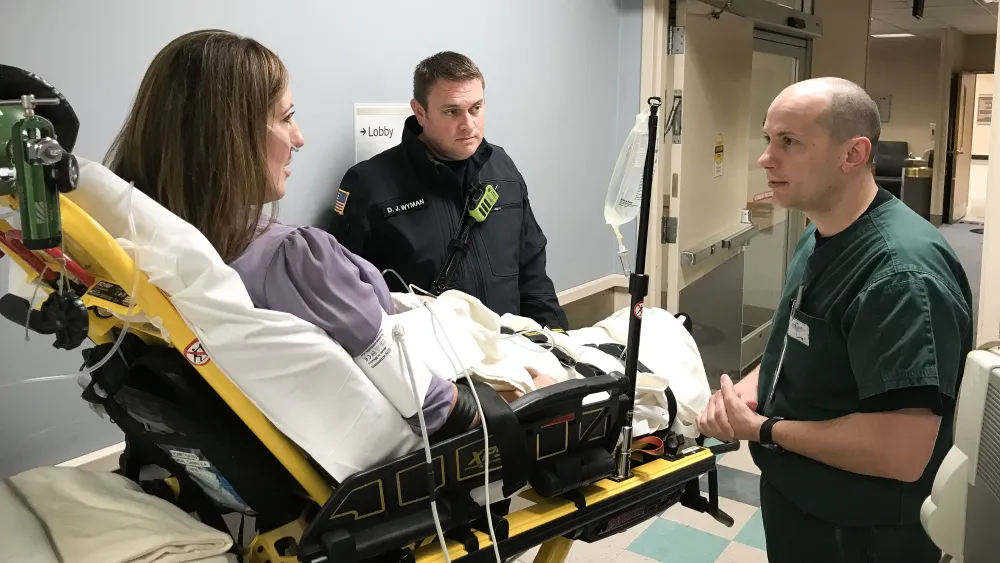
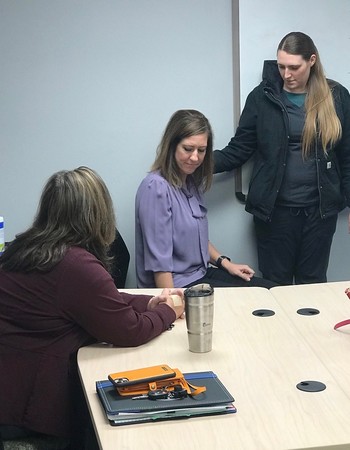
Like they had so many times before, Nebraska Methodist College students were settling in for class Tuesday. But this wouldn’t be a normal morning.
An instructor writing on a board suddenly dropped her marker. Her arm went numb. She had trouble speaking.
Her students, trained to know the symptoms of a stroke, immediately sensed the urgency of the situation. Someone called 911, and within minutes an emergency squad arrived at the college.
It was the beginning of an important World Stroke Day drill meant to sharpen Methodist Health System staff’s skills and spread the word about how critical every moment is in a stroke situation. In conjunction with the Nebraska State Stroke Task Force, Methodist conducted drills at three locations – Methodist Hospital, Methodist Fremont Health and Methodist Women’s hospital – to demonstrate tactics employed on a case-by-case basis to best address patient needs.
“Anytime you’re looking at something that is so time-sensitive and time-critical, you practice it,” said Pam Stout, MSN, RN, SCRN, stroke program coordinator for Methodist Hospital, Methodist Women’s Hospital and Methodist Jennie Edmundson Hospital. “We always want to make sure that we are ready and able to care for any stroke patient that comes through our doors.”
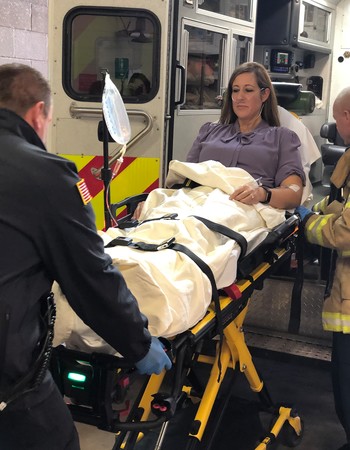
The Clock Is Ticking
“You’re losing brain cells every minute that you’re having a stroke,” Stout said. “So, truly, the most important thing is calling 911 and getting to the hospital.”
The following timeline shows how seriously emergency crews and Methodist staff took the drill and treat every potential stroke case.
8:12 a.m.: The Nebraska Methodist College instructor reports possible stroke symptoms. Students call 911.
8:22: An emergency medical services (EMS) team arrives at the college and assesses the patient before transporting her to Methodist Hospital.
8:35: The ambulance arrives at the Methodist Hospital Emergency Department (ED). While en route, the EMS team notifies the hospital, which mobilizes staff through its stroke alert process.
8:36: The patient and EMS team are met by waiting hospital staff inside the ED.
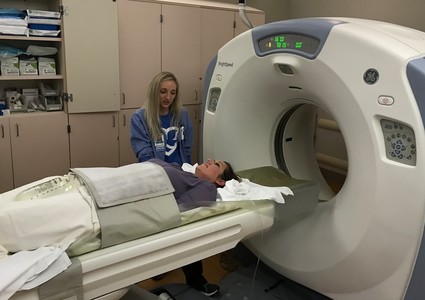
8:37: An ED doctor assesses the patient with questions aimed at identifying neurological symptoms of a stroke that can include issues with balance, vision, speech and muscle weakness – and when they began. The doctor then sends the patient for a CT scan meant to rule out a hemorrhagic stroke.
8:45: Now complete, the CT scan rules out a hemorrhagic stroke, paving the way for ischemic stroke treatment with a clot-busting drug called tPA. When given in time, tPA can save lives and reduce the long-term effects of stroke. The patient is again assessed as staff members try to determine exactly when stroke symptoms began.
8:47: The patient returns to the ED and is examined by a neurologist.
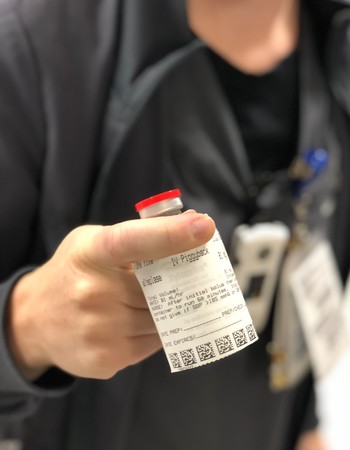
8:49: Assessment continues, and the patient is asked for her consent to receive tPA.
8:51: Staff orders tPA from the hospital pharmacy.
8:54: tPA is delivered to the patient’s room, and administration of the drug begins.
Less than an hour after reporting symptoms – and 19 minutes after arriving at Methodist Hospital – the patient was receiving treatment that could reduce or even reverse stroke damage. Stout also noted that calling 911, not going to the hospital privately, saved precious time as the EMS team began evaluation and treatment, and notified Methodist Hospital.
Most hospitals aim to administer tPA within 30 to 45 minutes of a patient’s arrival, Stout said. From the onset of symptoms, the goal is to administer tPA within three to four-and-a-half hours.
Now Is the Time to Act
After the drill, Stout emphasized how important it was that students recognized the stroke symptoms, then acted.
And that’s her advice to everyone: Take action. Don’t dismiss the symptoms. Don’t tell yourself it’ll get better, or think you’re bothering someone by asking for help. Your health is too important.
“If the community could know one thing, it’s that if you identify any symptoms that are not normal for that patient, recognize the time that it started and always call 911,” Stout said.
More Resources
- See KETV's coverage of the Methodist Hospital stroke drill
- Learn more about stroke treatment and recovery at Methodist
- BE FAST: Learn the warning signs of a stroke


